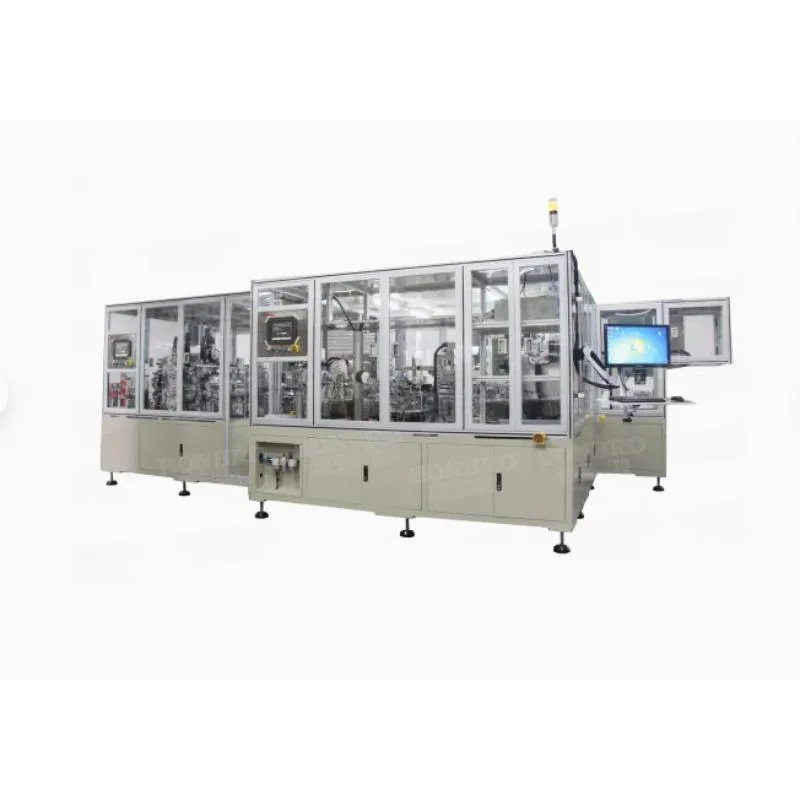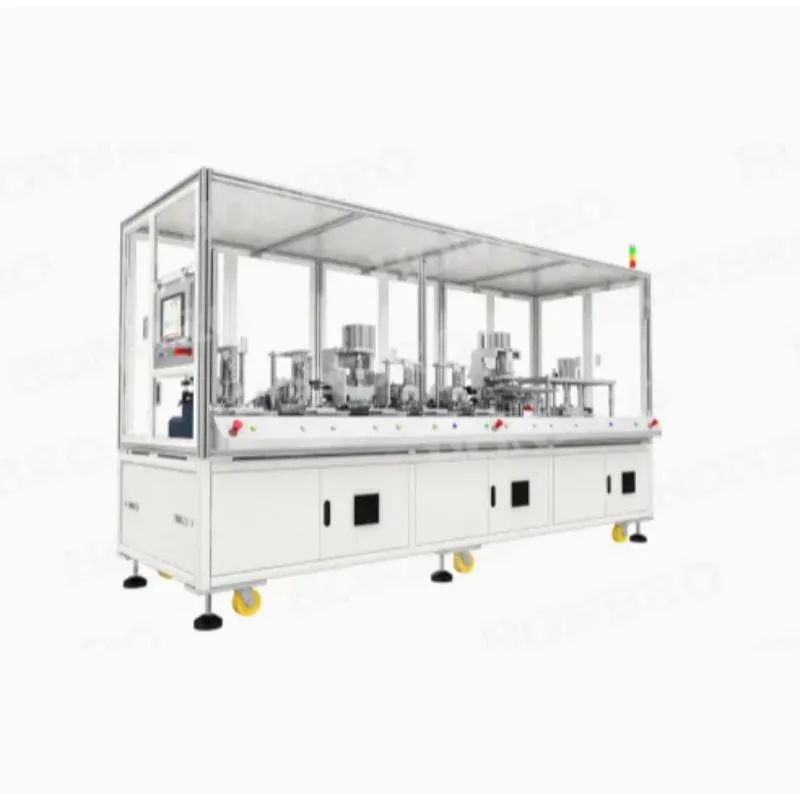Lithium Ion Battery Assembly Machine | High-Speed, Automated
What a modern lithium line really needs from a machine—notes from the factory floor
If you’ve ever spec’d a lithium ion battery assembly machine, you already know the laser-welding stage can make or break yield. I’ve walked a few plants where a single weld parameter drift turned a good week into scrap. That’s why this model—Laser Welding Machine for Energy Storage Battery, Electric Motorcycle Battery (Model SDL-350)—caught my eye. It’s built in Xingtai, Hebei, China, and, to be honest, it aims squarely at the high-mix pack makers and mid-volume ESS integrators who care about data, not just shiny bezels.

Industry pulse
ESS cabinets are scaling fast, electric motorcycle packs are getting denser, and everyone’s chasing lower resistance at the tab-to-busbar interface. Actually, the trend I hear most from buyers is simple: tighter QC at the weld, shorter changeover, more traceability. In fact, many customers say they’ll accept slightly higher CapEx if OEE goes up by 3–5%.
Product snapshot: SDL-350
Origin: Room 1410, No. 119 Zhongxing East Street, Xiangdu District, Xingtai City, Hebei, China. Order: 1 set. FOB Price: US$ 10,000–500,000 per set (TIANJIN port). Lead time: 4–8 weeks. Payment: TT (T/T). Country of Origin: China (mainland).
| Parameter | SDL-350 (typical) | Notes |
|---|---|---|
| Laser type / power | Fiber laser ≈ 350 W | Continuous or modulated; real-world use may vary |
| Spot size / optics | 50–200 μm adjustable | Galvo scan head with wobble mode |
| Materials | Cu, Ni, Al, plated tabs | Common cell tab metallurgy |
| Cycle time | ≈ 0.8–1.5 s/weld point | Depends on seam length and fixture |
| Pull strength (tab) | ≥ 60–120 N (typical) | Per internal DOE; validate per IEC/UL |
| MTBF | ≈ 30,000 h | Service life around 8–10 years with PM |
Where it fits in the line
Typical flow: cell sorting → tab forming → fixture/positioning → laser weld (this unit) → vision check → pull/shear test → insulation → pack leak + EOL electrical. Testing standards I’d flag: UN 38.3, IEC 62133-2, UL 2580 (for EV), IEC 60825-1 for laser safety. For ESS, some customers also reference GB/T specs and SAE J2464 for abuse.
Applications and advantages
- Energy storage cabinets (48–1500 V strings) and electric motorcycle packs.
- Lower contact resistance via controlled heat input; less spatter compared with spot welding.
- Traceability: weld logs, energy/time, vision pass/fail. Surprisingly helpful in audits.

Vendor landscape (my quick take)
| Vendor | Focus | Pros | Consider if |
|---|---|---|---|
| Shuoding SDL-350 | ESS & e-motorcycle packs | Value pricing; flexible fixturing; fast lead time | You need configurable, mid-power lithium ion battery assembly machine welding |
| Han’s Laser | High-volume EV | Robust ecosystem, integration depth | You prioritize throughput over cost |
| TRUMPF | Premium laser sources | Top-tier stability and service | You want flagship quality and budgets allow |
| Local integrator | Custom cells-to-packs | Fast on-site tweaks | You need unique jigs or MES hooks |
Customization, QC, and real feedback
Options include dual-station fixtures, nitrogen assist, wobble path libraries, and MES/SCADA connectors (OPC-UA). A midwestern ESS customer reported weld rework dropping from ~4.2% to 1.1% after parameter locking and better clamping—yes, small things matter. Certifications typically requested: ISO 9001 at the factory, CE, and laser system compliance with IEC 60825-1. Routine pull tests per IEC 62133 and EOL insulation plus Hi-Pot are standard. I guess the headline is predictable quality without baby-sitting.
Final word
If your lithium ion battery assembly machine workflow needs dependable tab/busbar joints and clean data trails, SDL-350 is a pragmatic pick—especially when budgets are tight but auditors aren’t.
Authoritative citations
Share
-
Lithium Battery Welding Machine | High-Precision, Fast, SafeNewsNov.17,2025
-
Aluminium Guide Roller | Anodized, Lightweight, Low-NoiseNewsNov.17,2025
-
Tofu Cat Litter Bulk – Eco, Low-Dust, Fast Clumping SupplyNewsNov.17,2025
-
Equipment for Lithium Cell Assembly | Automated & PreciseNewsNov.10,2025
-
Square File Tool – Precision Cut, Hardened Steel, VersatileNewsNov.10,2025
-
Lithium Ion Battery Assembly Machine | Automated, High-SpeedNewsNov.10,2025







